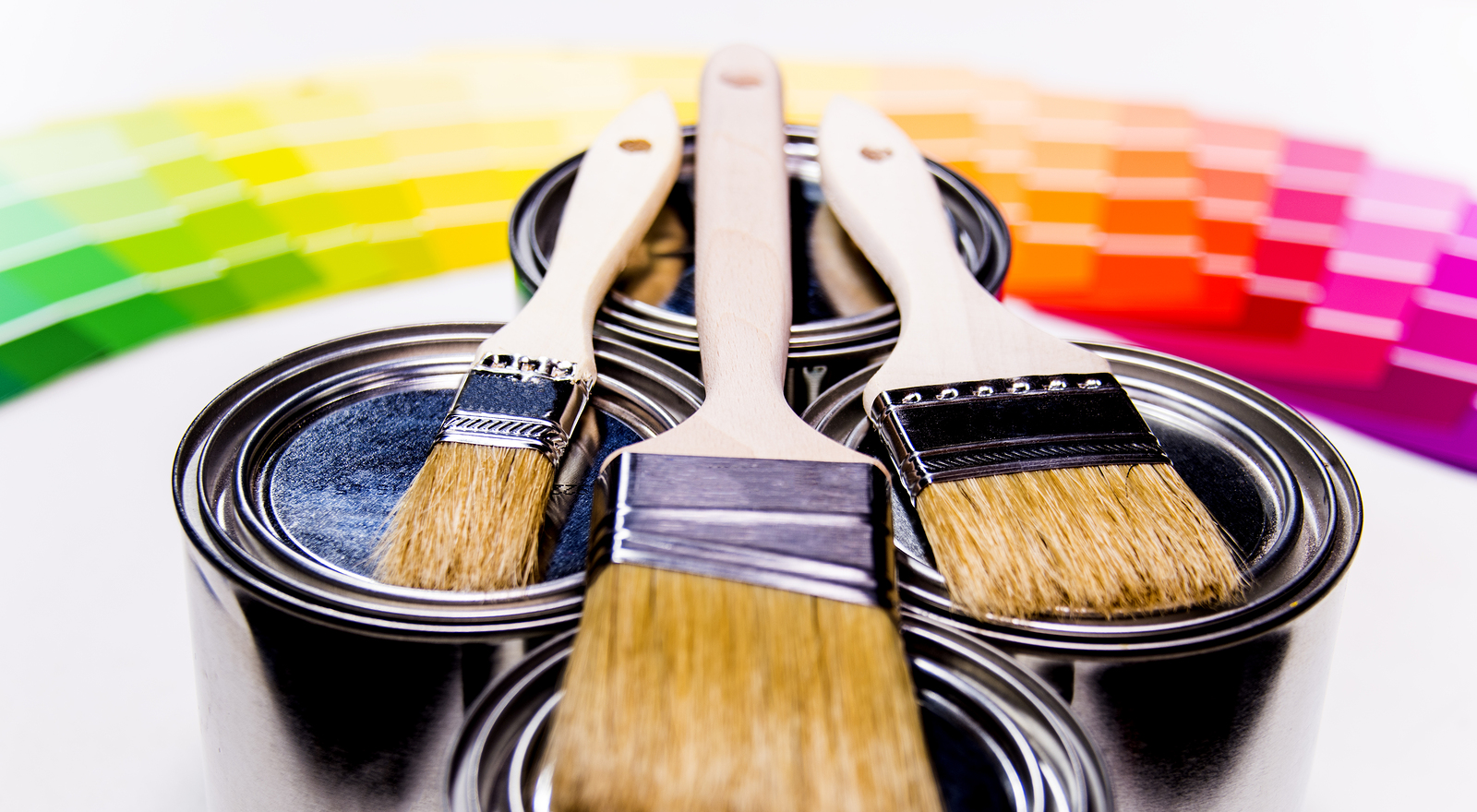
There is a 65 to 70 percent chance that El Nino will be visiting this winter, so look for it to be a warmer than normal, according to the National Oceanic and Atmospheric Administration (NOAA).
This doesn’t mean we won’t be seeing winter storms; we just may not see as much snow in certain areas of the country.
Take steps now to ensure that you’re prepared for a wicked winter storm or two and the inevitable power outages that accompany them.
Stock up in advance
Watch the news just before and after a hurricane hits and the need to stock up in advance becomes abundantly clear. Yet, amazingly, many people don’t bother.
In fact, two days after Hurricane Michael struck the Florida Panhandle in October, the New York Times’ headlines screamed “Hurricane Michael Leaves Florida Residents Desperate for Aid.”
After only two days
You know what that means, right? Residents of a disaster-prone area, where there is almost a guarantee of at least one annual hurricane, didn’t have an emergency supply of even the basics, such as water.
Thank goodness for early warning systems because you’ll have advance notice of a hurricane or other weather-related event. But, so does everyone else and we’ve all seen the decimated grocery store shelves when one of the warnings goes out.
Promise yourself, right now, that you won’t be like those residents who stand in the long lines at the stores or moans to the media that nobody is helping you.
Stock up now. Put aside enough bottled water and non-perishable food items to feed all family members for at least one week (more is better). And, don’t forget your pets; stock up on food for them as well.
Do we need to remind you to keep a mechanical can opener with these supplies?
The planning doesn’t stop with food and water. If you take prescription medications for high blood pressure or anything else, ensure that you have a weeks’ supply of those as well.
While you’re at the pharmacy, pick up the over-the-counter products you use frequently, such as pain relievers, antacids and allergy meds.
Place all of these items in a waterproof bag, up high, in an easily-accessible area. Next, know where your flashlights are. In fact, keep them all in one spot that is above where floodwaters may intrude and stack up some batteries next to them. LED lanterns are a wise buy as well.
Emergency power supply
The average severe weather-induced power outage lasts more than six hours, according a study by the Lawrence Berkeley National Laboratory.
That’s just long enough to defrost the food in your freezer. Then, you can kiss goodbye most of what’s in the refrigerator.
Some refrigerated food held above 40 degrees Fahrenheit for more than two hours will have to be thrown out, according to FoodSafety.gov. This includes:
- Raw or cooked seafood, poultry, meat
- Salads that contain tuna, chicken and egg
- Soups, stews and casseroles
- Hot dogs, lunchmeats, sausage and bacon
- Soft, low-fat and shredded cheeses
- Dairy products, such as yogurt, milk, sour cream, half-and-half, cream buttermilk, evaporated milk and even soy milk.
- Eggs
- Creamy salad dressings
- Spaghetti sauce, opened
This is but a partial list. See the entire list at FoodSafety.gov.
Avoid this by buying a generator to supply emergency power. And ensure that you buy one with enough watts to power your home, or at least your appliances.
“Homeowners can often power most household appliances using between 3000 and 6500 watts,” according to the pros at Honda.
If your home has a smaller furnace and city water, you can generally expect that 3000-5000 watts will cover your needs. If you have a larger furnace and/or a well pump, you will likely need a 5000 to 6500 watt generator,” they conclude.
A 3,800-watt or above generator is required to power a well pump, and 4500 watts for an electric heater. Find other requirements and useful information about generators at honda.com.
Another helpful online tool is the Generator Size Calculator at Cummins.com. Enter your ZIP code, the square footage of the home and answer a few other questions about your power needs, and it spits out the size of generator you should consider.
Protect your family and your home during winter storms by acting now.


















